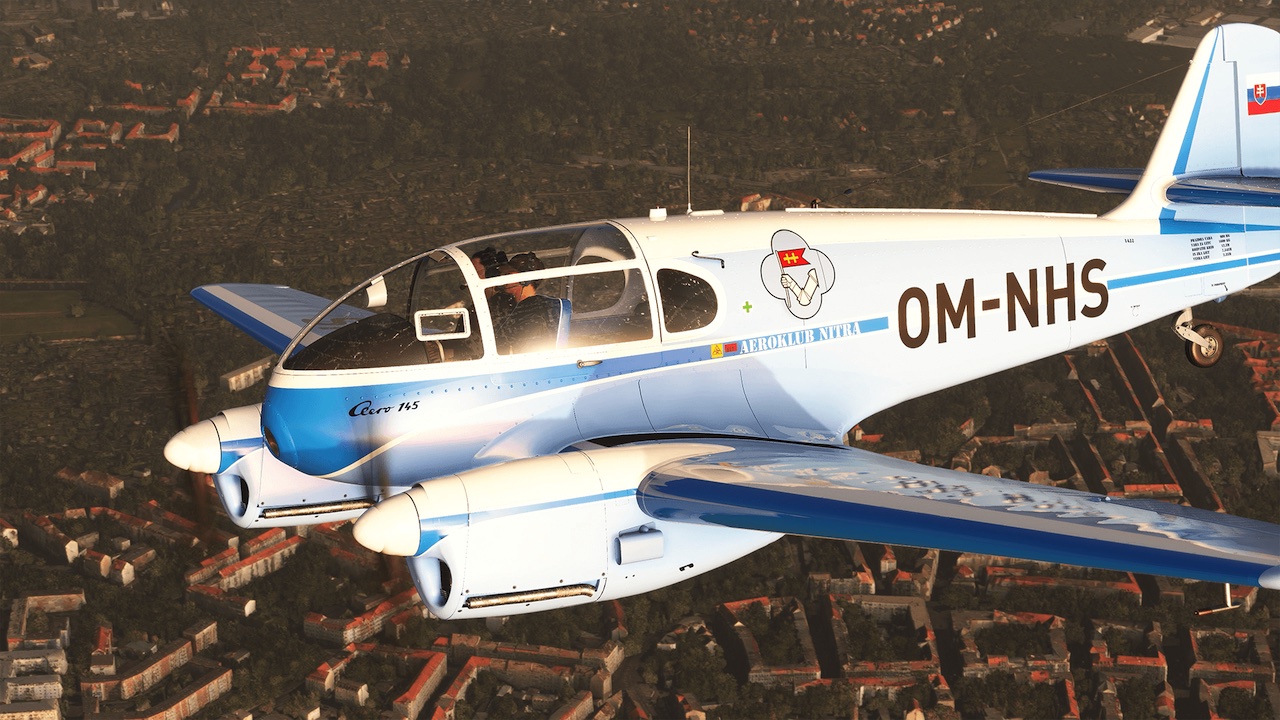The Ae-45, frequently referenced as the Aero 45, began as a concept in 1946 in the wake of World War II. A team of five Czechoslovak engineers sought to innovate an efficient, low-maintenance civil aircraft that could perform a variety of applications. Their work was fueled by national pride as much as by aerospace engineering aspiration; they sought to re-establish the Czechoslovakian aviation industry in the post-World War II era and propel it onto the global stage. They were so driven that they began working on and financing the concept on their own, without any state or industry sponsorship.
After roughly a year of toil, Aero Vodochody took notice and backed the engineers. The result was one of aviation’s most distinctive, rugged, and enduring performers. The all-metal design is made up of a high-visibility cabin, two powerful wing-mounted engines that provide speed and efficiency, and an innovative cockpit that maximizes pilot efficacy. Upon release, the Ae-45 (the 45 is a reference to it being a 4- or 5-seat aircraft) proved a fast, high-endurance, reliable craft that was easy to operate and maintain.

